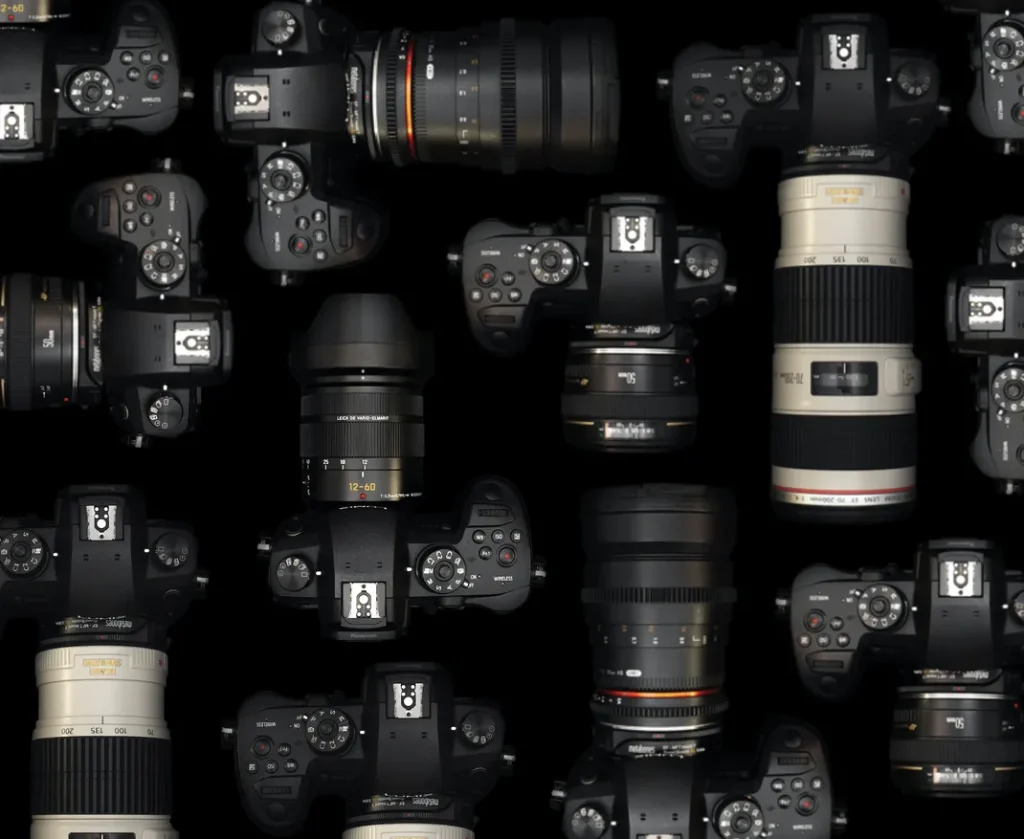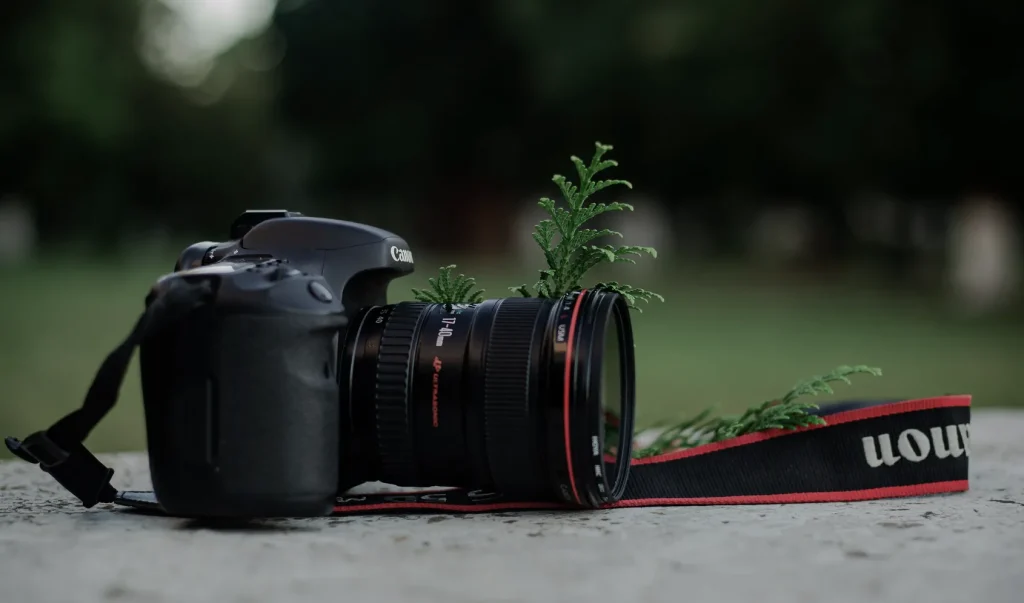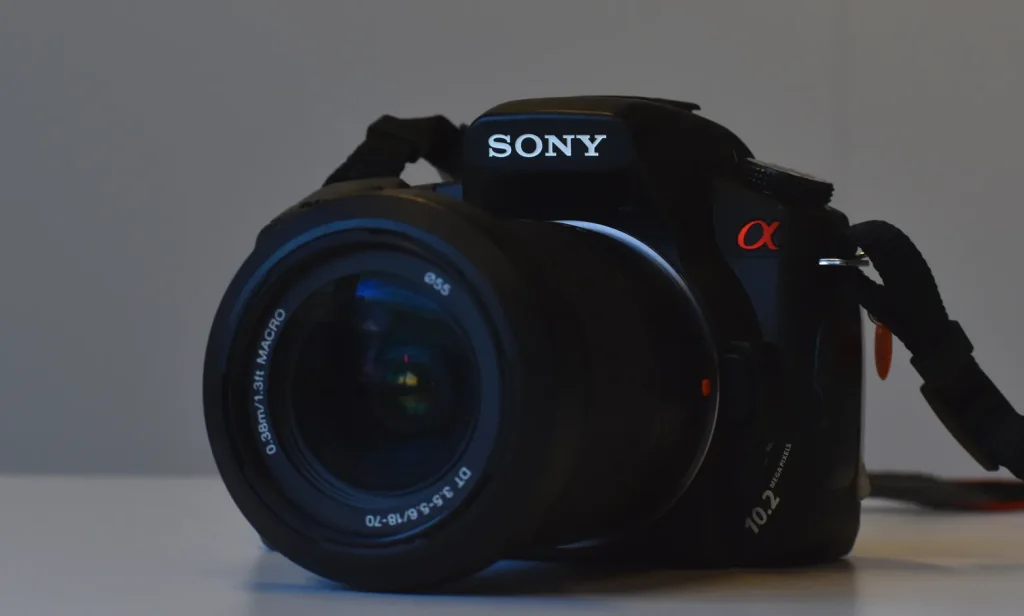DSLR has become the standard and most prevalent camera category nowadays. But many beginners haven’t understood how it works and the qualities a DSLR camera brings. So, what is a DSLR camera? How do DSLR cameras work?
I will explain in-depth the function and mechanism of this camera technology. If you’re planning to purchase a DSLR camera, the information in this post will greatly help. So, let’s jump straight into the answer.
What Is A DSLR Camera?

DSLR stands for Digital Single Lens Reflex, which means that the DSLR camera operates using only one digital and fixed sensor. This device uses one single lens for all tasks like focusing, framing, or taking photos.
This mechanism is the opposite of the twin-lens-reflex or rangefinder constructions. Last but not least, the Reflex mechanism refers to a mirror inside the camera.
This component is in charge of directing or splitting the lights, allowing the human eyes to see a realistic and optical view of the scenery.
The term DSLR has become synonymous with the digital camera world. However, there are various types of cameras besides the DSLR category that possess different mechanisms and advantages.
Now let me walk you through the mechanism and advantages of a DSLR camera.
How Do DSLR Cameras Work?

When ambient light gets in the DSLR camera’s lens, the subject becomes visible to the photographer’s eyes due to light reflection. The mirror built inside the DSLR camera’s body will reflex and direct the light toward your eyes.
When you take the photo, that mirror will swing out, allowing the light to go through and get to the digital image sensor. At this moment, the image will be recorded on the SD card.
This mechanism is different from how mirrorless cameras work. These devices allow the light to get straight to the digital image sensor without any mirror on its traveling path.
Most DSLR cameras feature a display screen that will show you the images of your shots. The primary difference between DSLR cameras compared to compact devices is that you can change their lens and autofocus.
This feature allows you to use many shot options without having to use different cameras. For example, you can use a wide-angle lens for landscape photography and change to a telephoto lens to take pictures of far objects.
Why Should You Use A DSLR Camera?

You may think a DSLR camera won’t be much different from regular mirrorless SLR devices. However, DSLR cameras have various advantages, making them a standard category for professional photography.
The apparent technical advantage of DSLR devices is that they bring users an optical and direct view. When taking photos, you don’t have to worry about low-light noise or latency.
In addition, digital SLR cameras often come in bigger constructions and bodies. Due to their larger size, you can attach a lens attachment to the camera body, such as a zoom lens or a fisheye.
In addition, the bigger size means more functioning buttons to help you control the cameras and take photos easier. Furthermore, DSLR cameras come in diversified categories and price ranges, giving customers more options.
Users can easily look for DSLR devices at affordable prices. Meanwhile, there are various premium DSLR models for professional photographers to choose from.
Take the two most prevalent DSLR product lines (Nikon F and Canon EF) at the moment, for instance. These two models are compatible with thousands of attachments and lenses provided by brands or third-party manufacturers.
For this reason, the DSLR camera can accommodate your needs efficiently. So, you can choose the most suitable focus lens for different usage purposes, such as taking landscape photos or portraits.

The Advantages Of DSLR Camera Summary
Besides the high customizability, price options, and functionality, DSLR cameras bring some other minor advantages, such as:
- Low light: DSLR cameras are a perfect option if you want to shoot photos at night or in low light conditions since their large sensor can capture ambient light more effectively.
- Auto Focus: The autofocus on DSLR cameras is more efficient compared to regular point-and-shoot devices. A digital SLR camera allows users to shoot faster and enhance the image’s quality.
- Battery Life: You don’t necessarily have to turn on the digital screens when taking photos on DSLR cameras. So, the battery will drain slower.
Do DSLR Cameras Have Disadvantages?
- Since DSLR cameras use a mirror for some parts of focusing, the image recorded on the image sensor may look different from what you see on the digital screen.
- It’s not uncommon that the edited image doesn’t look the way you initially desired. Meanwhile, the image recorded on the image sensor and on the viewfinder of mirrorless cameras is identical.
- In addition, both professional and regular DSLR cameras for beginners are very bulky. It gets even heavier and larger in size when you attach the sensors, rotating mirrors, and viewfinder to the device.
If you need more in-depth explanations on DSLR cameras, follow the video below to learn more!
Final Thoughts
In summary, both SLR and digital SLR cameras are great options for you to get started in the world of photography. Their studier and larger design combined with better utility will bring you more comfort in the process.
I hope that the information in this post can give you a clear view of the DSLR camera’s functions and utility. Thank you for your precious time!




